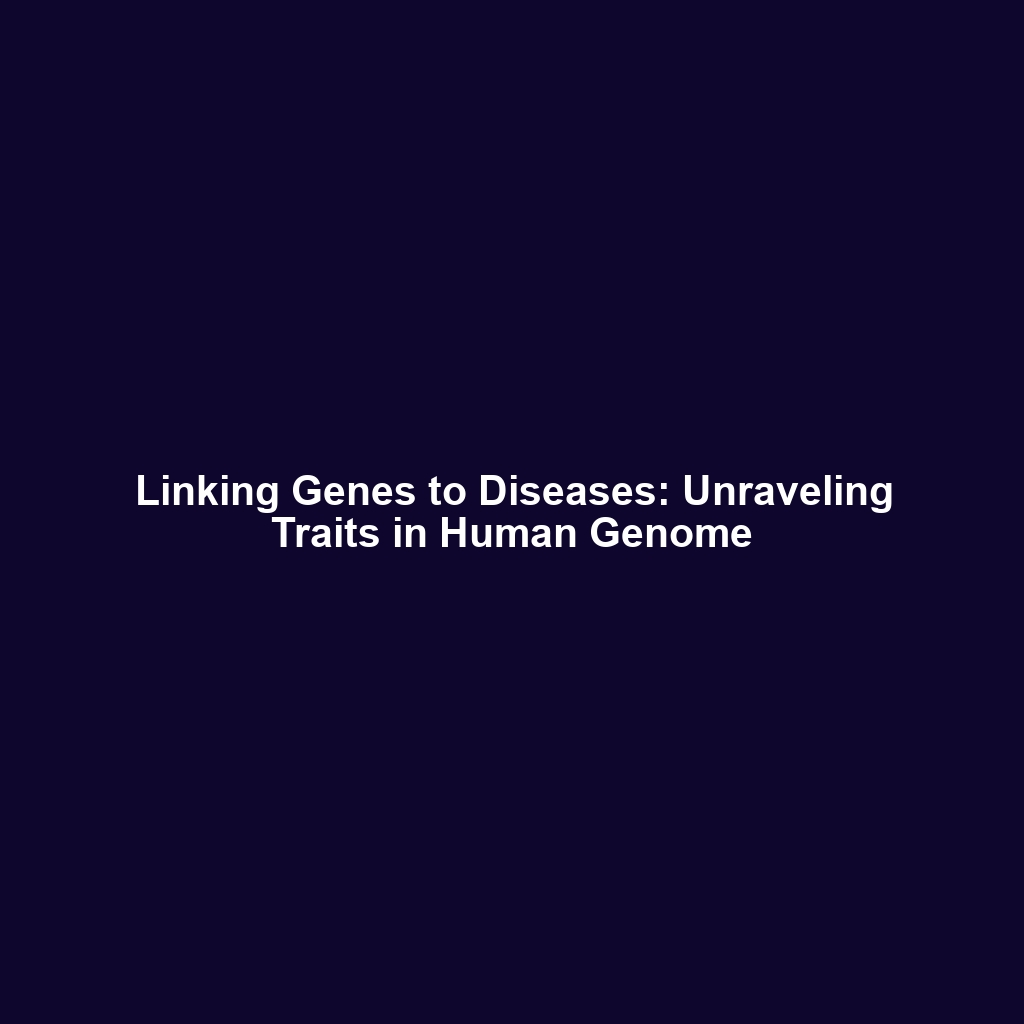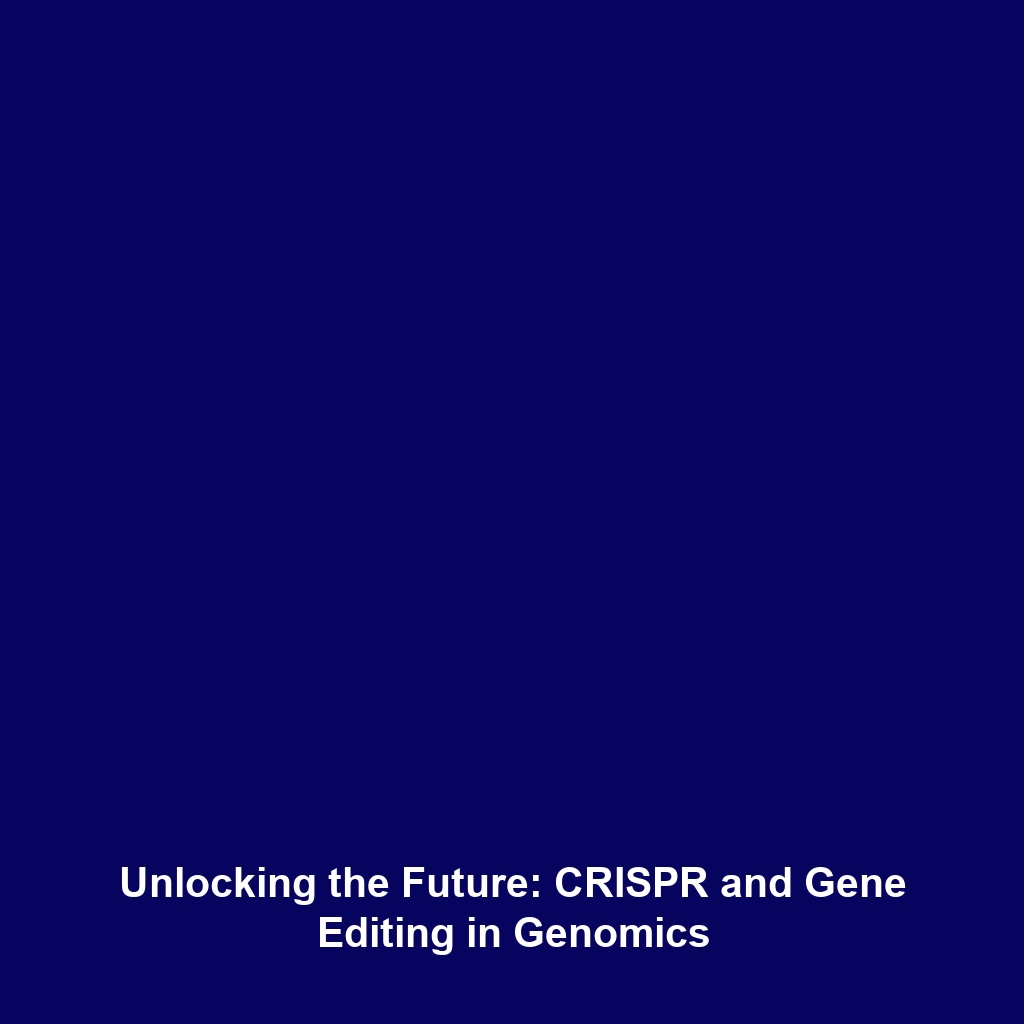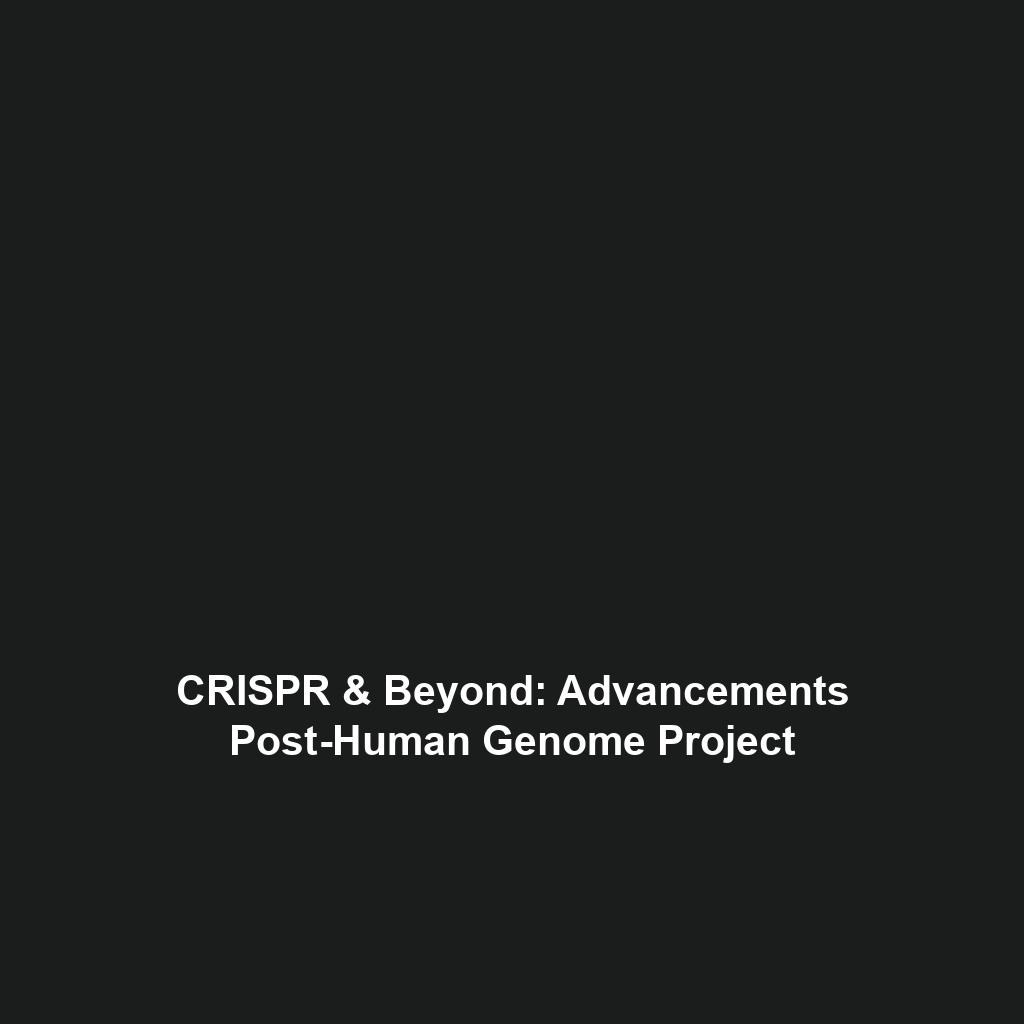Understanding Noncoding Regions of the Human Genome
Introduction
The Human Genome Project, completed in 2003, was a landmark achievement in biology, mapping the entire human genome and unlocking vast insights into human genetics. However, despite this monumental progress, scientists continue to grapple with understanding the function of many genes, especially those located in noncoding regions. These regions, once thought to be junk DNA, are now recognized as critical to gene regulation and expression. This article delves into the significance of these noncoding regions and their roles in the broader context of the Human Genome Project.
Key Concepts
Understanding the Human Genome
The human genome consists of around 20,000-25,000 protein-coding genes, but noncoding regions make up a significant portion of our DNA. These regions are crucial for regulatory functions and gene expression.
Types of Noncoding Regions
- Introns: Noncoding sections of genes that are spliced out during RNA processing.
- Enhancers and Silencers: Regulatory elements that can increase or decrease the expression of genes.
- Long Noncoding RNAs (lncRNAs): Noncoding transcripts that can play roles in gene regulation and chromatin remodeling.
Applications and Real-World Uses
Understanding the function of noncoding regions has significant implications for medicine, genetics, and evolutionary biology. Some notable applications include:
- Personalized Medicine: Insights into noncoding regions can lead to tailored treatments based on individual genomic variations.
- Gene Therapy: Noncoding regions can be targeted to regulate gene expression, offering new therapies for genetic disorders.
- Cancer Research: Many noncoding mutations are implicated in cancer, and studying these can lead to better diagnostic and therapeutic strategies.
Current Challenges
Despite advances, several challenges remain in understanding noncoding regions and their functions:
- Complexity of Gene Regulation: Noncoding regions often interact in intricate networks, complicating our understanding.
- Lack of Experimental Tools: There are limited tools and methodologies to study the functional effects of noncoding sequences.
- Ethical Concerns: Research into noncoding DNA raises ethical questions about genetic manipulation and privacy.
Future Research and Innovations
Future research is poised to unveil the mysteries surrounding noncoding DNA. Innovations in the following areas are particularly promising:
- CRISPR Technology: This gene-editing tool has the potential to manipulate noncoding regions, enhancing our understanding and utility of these sequences.
- RNA Sequencing: Advanced sequencing techniques are crucial for exploring the functions of noncoding RNA molecules.
- Computational Biology: Developing sophisticated models to predict the regulatory roles of noncoding regions could revolutionize our understanding of the genome.
Conclusion
Although the Human Genome Project has elucidated the structure of the human genome, many unanswered questions remain regarding the function of noncoding regions. Continued research is essential for fully harnessing the potential of these genes in medicine and biology. As we move forward, a deeper understanding of noncoding regions will be crucial in addressing genetic diseases, advancing personalized medicine, and enhancing our knowledge of human biology. For further insights, consider exploring topics related to applications of genetic research and future innovations in genomics.









